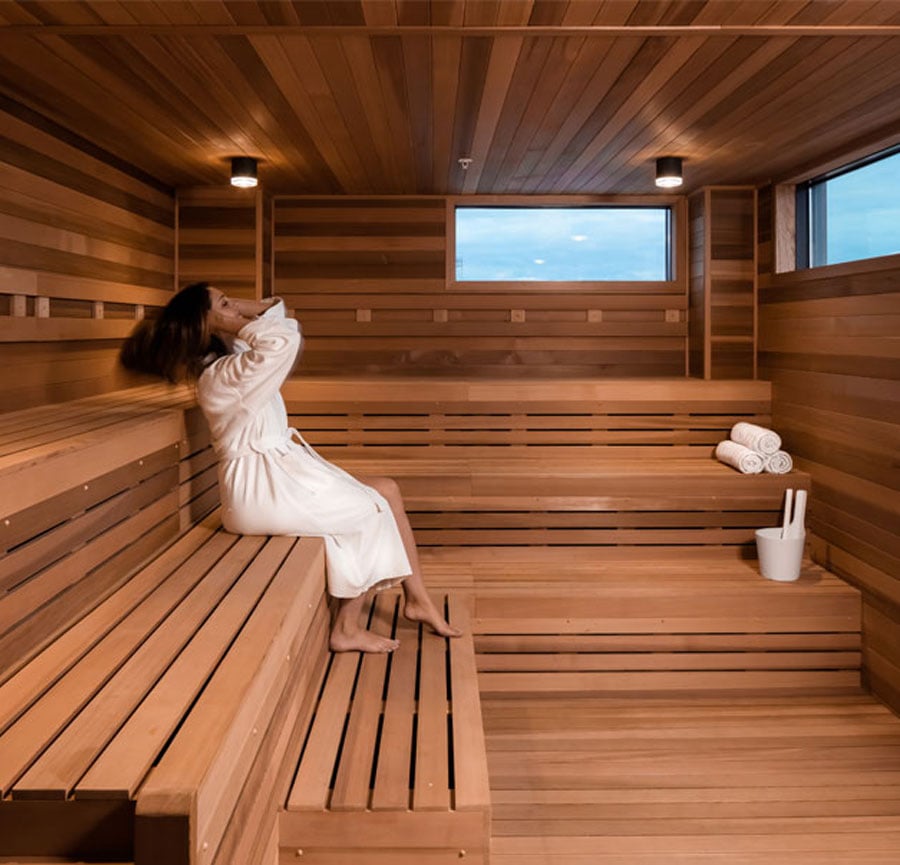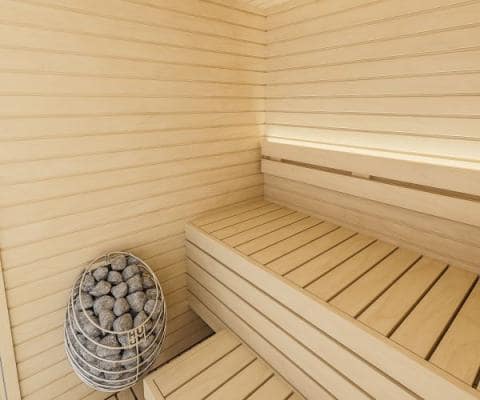Little Known Facts About Traditional Sauna.
Little Known Facts About Traditional Sauna.
Blog Article
The Single Strategy To Use For Traditional Sauna
Table of ContentsTraditional Sauna Can Be Fun For EveryoneTraditional Sauna Things To Know Before You BuyEverything about Traditional SaunaThe 5-Minute Rule for Traditional SaunaThe 6-Minute Rule for Traditional Sauna
The majority of the weight shed in a sauna is water loss and is re-gained upon rehydrating. Nevertheless, without a question sauna can be a vital part of a healthy and balanced fat burning program. To consider the distinctions between standard and IR saunas, I will divide these right into proven, theoretical, and produced distinctions.Thus, the hottest factor in the saunawhich goes to the ceiling straight above the sauna heateris generally between 185 and 190 F. Claims that a traditional sauna surpasses 200 F is merely not real and not suitable for electric saunas sold in the United States. The temperature for a far-infrared sauna is generally set in between 120 and 140 F; nevertheless, unlike the standard sauna, the goal in and IR area is not to attain a high temperature.
Due to this, the temperature level distinction is almost unnecessary, because excessive sweating results in both sauna kinds, but the technique of warming the body is various. In an IR sauna the bather will really feel warm and will sweat a lot, yet at much lower temperatures (Traditional Sauna). Therefore, if the goal is to spend longer durations of time in the sauna, the IR sauna is a great choice
When a traditional sauna has actually been appropriately warmed, the sauna wall surfaces are warm, the air temperature has accomplished set temperature level and the rocks are super warmed. As an interesting side note, the warmed walls and the rocks are sending out far-infrared warmth, integrated with the heated air, to create an "wrapping up heat".
The Best Strategy To Use For Traditional Sauna

When the high temperature is accomplished, the components cycle on and off to maintain the high temperature level. The majority of conventional sauna customers enjoy pouring water over the rocks to create steam to elevate sauna humidity degrees. The advantages of putting water over the rocks consist of: making the space a lot more comfy, moistening the nasal flows, and enabling the use of aromatherapy by mixing essential oils with the water.

When the power gets in the body, it creates the body temperature level to enhance and inevitably leads to sweating. In an infrared sauna it is very important for the emitters/heaters to stay on almost frequently. Given that there is no mass of rocks to maintain warmth, the sauna will certainly cool down if the emitters closed off.
As stated above, the sauna bather in an infrared area wishes to place himself before operating emitters to get optimal benefit from the warmth. The home heating time for both spaces can be very various, depending on just how the spaces are utilized. For a typical sauna, a bather must allow 30-40 mins for the area to attain a preferred temperature and to appropriately pre-heat the rocks.
The Basic Principles Of Traditional Sauna
A well built sauna will usually achieve a temperature of 150-160 F in regarding 30-40 minutes. For hotter temperatures, the space might explanation require to warmth for a longer duration.

Traditional saunas have a tendency to be bigger (therefore use even more power) than infrared saunas, although typical saunas are absolutely offered in one and 2 individual sizes. For a two-person traditional sauna, 5x6 or 5x7 size is most prominent. The leading bench can conveniently seat 2 or 3 individuals and is likewise long enough to lie down during the sauna session.
All About Traditional Sauna
The typical cost per kWH of electrical power in the U.S. is roughly $0.11, so a 4.5 kW heating system will certainly cost roughly $.50 to run for one hour, if the heating unit runs continually for one hour. Typically a sauna heating system will compete 75% of the initial hour and 50% of succeeding hours on because the components cycle once the established temperature is attained.

Finally, there is a hardly ever gone over difference in the social experience between the two areas. While our society has lost several of the social benefit of the typical sauna experience, it can be extremely socially rewarding (Traditional Sauna). From family members time in the sauna, to heart-felt conversations with better halves, to sauna partiesthe traditional sauna experience can bring about intimate interacting socially
Little Known Questions About Traditional Sauna.
Many higher end infrared spaces include colored light treatment, noise systems and full-glass fronts.
Report this page